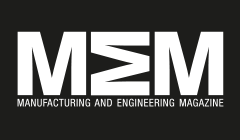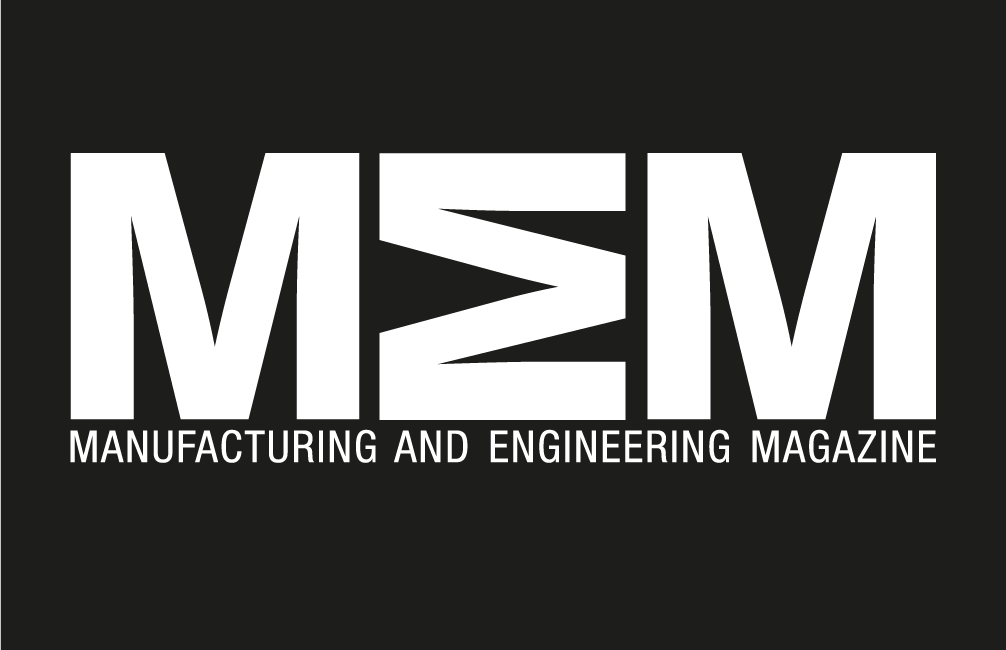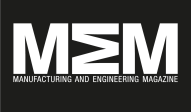The New Land Rover Defender Has Been Launched
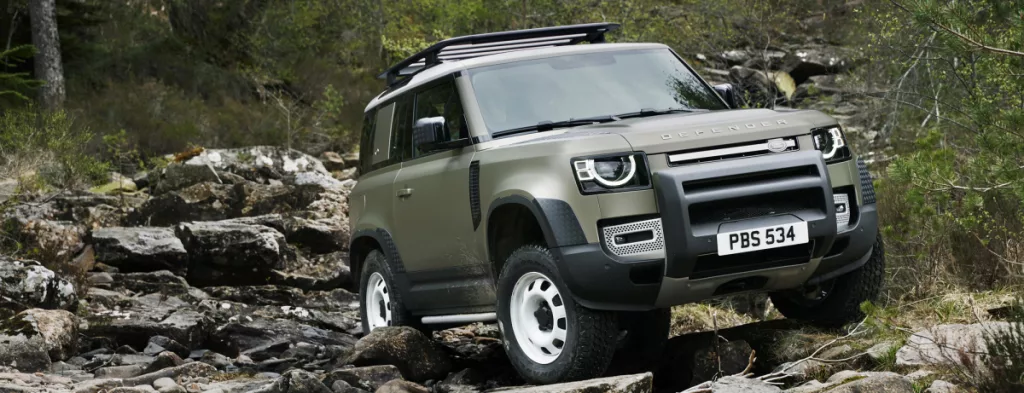
The Defender 110 and Defender 90 have been revealed which Jaguar Land Rover has said “reimagines” the range for the 21st century. Land Rover chief design officer Gerry McGovern said: “The new Defender is respectful of its past but is not harnessed by it. This is a new Defender for a new age. “Its unique personality is accentuated by its distinctive silhouette and optimum proportions, which make it both highly desirable and seriously capable – a visually compelling 4×4 that wears its design and engineering integrity with uncompromised commitment.” The Defender 110 starts from £45,240 and is available immediately while the Defender 90 will cost about £40,000 and delivery dates are expected to be confirmed later in the year. JLR’s executive director, product engineering, Nick Rogers added: “We’ve embraced Defender’s stunning capability and minimalistic, functional interior to reinvent the icon for the 21st century. “New Defender gives us the licence to do things differently, to push the boundaries and do the unthinkable, without ever losing the character and authenticity of the original. “From the start we had an absolute obsession with functionality beneath the skin, from choosing the right materials through to state of the art connectivity. “The result is not only the most capable Land Rover ever made, but also a truly comfortable, modern vehicle that people will love to drive.” Chief commercial officer Felix Bräutigam said: “New Defender will be available in 128 global markets and meets or exceeds the toughest emissions and safety requirements in the world. “Using advanced technology to deliver the toughness and character you can only find in a Defender, our new 4×4 has been developed for adventurous hearts and curious minds.” Manufacturing & Engineering Magazine | The Home of Manufacturing Industry News
Mazda Announces UK Pricing for All-New Mazda3
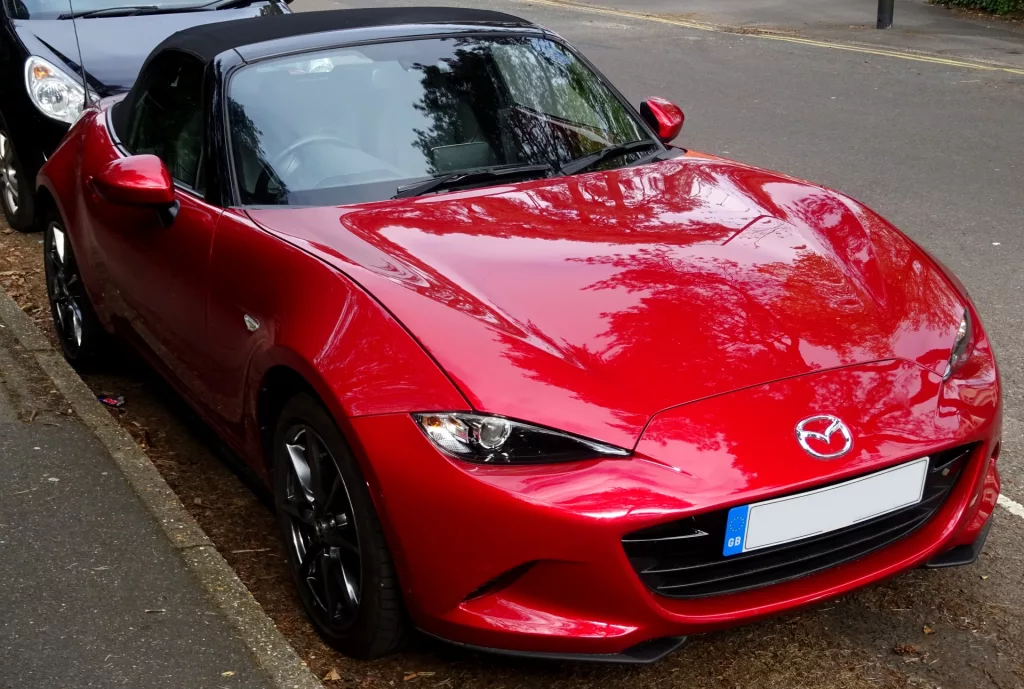
Mazda has announced UK specification and pricing for the much anticipated Skyactiv-X version of the All-New Mazda3. Arriving in October, Mazda3s fitted with this ground-breaking engine will start from £23,555 with combined economy of up to 52.3mpg, while at the same time the stylish All-New Mazda3 saloon will make its UK debut powered by the 180ps Skyactiv-X engine and the 116ps Skyactiv-D diesel engine. Featuring Mazda’s unique Spark Controlled Compression Ignition (SPCCI) technology, Skyactiv-X is the world’s first production petrol engine to exploit the benefits of compression ignition. Providing drivers with the free-revving performance of a petrol engine with the superior response of a diesel, the 2.0-litre four-cylinder 180ps Skyactiv-X engine features the highest compression ratio for a production petrol engine in the world, while its lean burn capabilities ensure outstanding fuel economy and low emissions. The entry point to the Skyactiv-X line up, the £23,555 manual All-New Mazda3 Sport hatch emits 100g/km, while the identically priced Sport saloon emits just 96g/km. Across both body styles the Skyactiv-X powered Mazda3 is offered in Sport, Sport Lux, GT Sport and GT Sport Tech trim levels, with a choice of automatic or manual transmission available on all models. Additionally, for the first time since the Mazda 323 AWD, Mazda is offering UK drivers a four-wheel drive car in the family hatch segment. Exclusively matched to the high-grade GT Sport Tech trim and hatchback body, this Mazda3 combines the cutting-edge efficiency of the Skyactiv-X engine with the security and dynamic excellence of Mazda’s latest i-Activ all-wheel drive system. Like the rest of the range, Skyactiv-X hatch and saloon models are specified with a level of standard equipment never seen before on a Mazda in this sector: the All-New Mazda3 features high-end technology such as a windscreen projecting colour head-up display with Traffic Sign Recognition, Mazda Radar Cruise Control and LED headlights across the range. Every model in the line-up also features navigation, Apple CarPlay/Android Auto and an advanced eight speaker audio system. Even the Sport trim entry point to the Skyactiv-X range has a cabin enhanced with chrome detailing, a frameless rear view mirror and rear privacy glass, while Sport Lux models feature a reversing camera, smart keyless entry and heated front seats. GT Sport sees the introduction of black leather seats with power adjustment, a heated steering wheel and Bose audio, while the range-topping GT Sport Tech features a suite of additional active safety equipment, including a 360o camera and Driver Monitoring System with interior camera. Exclusive to cars powered by the Skyactiv-X engine, GT Sport and GT Sport hatchbacks can be specified with £200 Burgundy leather, while the saloon can be equipped identically priced Stone leather. Inside, the stylish cabin environment takes a minimalist approach with every aspect of the cockpit laid out in perfect horizontal symmetry with the driver to deliver both ergonomic simplicity and beautiful design. Mazda’s focus on Japanese mastery inspired craftsmanship is evident in both high-class materials found throughout the interior and the impressive build quality. All models feature a seven-inch colour TFT driver instrument display, while the latest version of the Mazda Connect infotainment system features a larger 8.8-inch central display, improved navigation and a revised multimedia commander control dial, to name just a few of the enhancements. Like the Skyactiv-G petrol engine, Mazda’s Skyactiv-X engine is matched to the Mazda M Hybrid 24V mild-hybrid system that recycles recovered kinetic energy. A belt-driven integrated starter generator (ISG) converts the energy in the 600kJ lithium-ion battery, while the DC-DC converter supplies it to the cars electrical equipment. Externally, Sport Lux, GT Sport and GT Sport Tech Skyactiv-X powered cars are marked out by bright 18-inch alloy wheels on the saloon and metallic black alloys on the hatchback, while the keen eyed will spot the wider exhaust tailpipe and Skyactiv-X tailgate badge. A stand out compact premium small saloon, the All-New Mazda3 saloon shares just its bonnet and windscreen with the hatchback, ensuring that it delivers a uniquely sophisticated and executive look distinct from the hatchback. Sharing an identical wheelbase, the saloon is 200mm longer, while the 444-litre boot ensures this stylish saloon delivers impressive levels of practicality. Commenting on the arrival of the Skyactiv-X engine, Mazda UK Managing Director, Jeremy Thomson said: “I’m very excited about the arrival of the Skyactiv-X engine; this is another example of Mazda’s convention defying powertrain innovation. Offering our customers a truly unique blend of fuel economy, low emissions and performance from a petrol engine, Skyactiv-X adds a unique selling point to the All-New Mazda3, a car that is already winning over our customers with its quality, style and driver appeal”. Adding, “it’s also great that the saloon is arriving in UK dealerships this Autumn, as it’s a stylish and distinctive compact executive saloon that will appeal to both fleet and private customers”. Manufacturing & Engineering Magazine | The Home of Manufacturing Industry News
4 Gadgets To Turbocharge Your Cars’ Tech In 2017
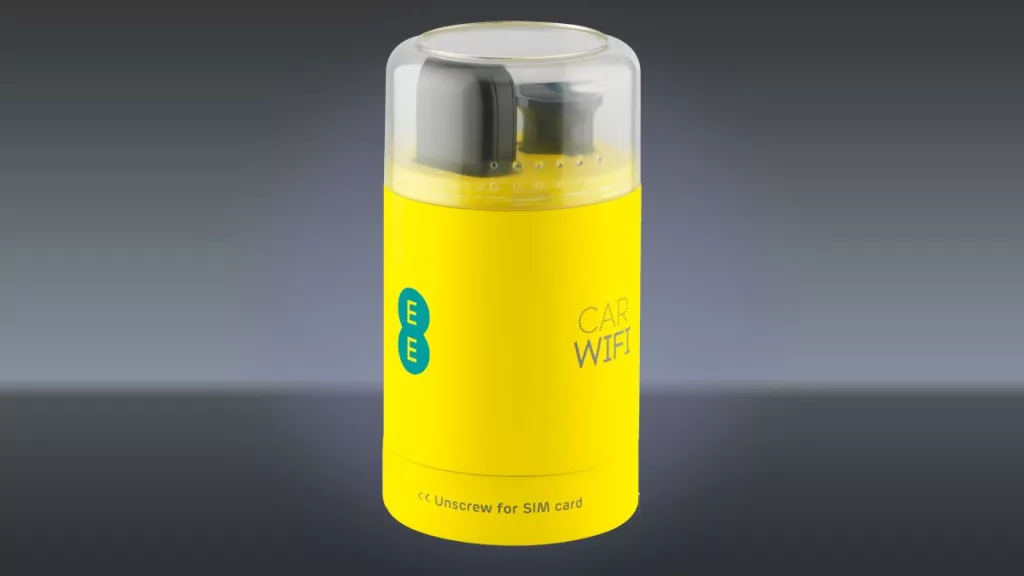
4 Gadgets To Turbocharge Your Cars’ Tech In 2017 : Technology is moving at such a pace it can only take a matter of months for new hardware you’ve invested your hard-earned money in to be rendered obsolete in the wake of new releases. This isn’t a problem exclusively for smartphones and tablets, cars are now so feature-packed and technology-heavy it can be hard to keep up, especially with the obvious high investment needed for an upgrade. But fear not, this article will help turbocharge your car into 2017 with 4 essential tech upgrades to improve your automotive experience! EE Buzzard in-car Wi-Fi hotspot Get internet on the go with EE clever Buzzard Wi-Fi technology. The clever device slots into the cigarette lighter power socket and transforms your vehicle into a 4G Wi-Fi hotspot, helping you keep connected on the go. The Buzzard retails for £59.99 on pay as you go or for £19.99 with a £11 per month contract that includes 2GB of data. Garmin nüvi 3598LMT-D To put it in simple terms if you’re looking for a premium, high tech sat nav the garmin Garmin nüvi 3598LMT-D is one of the best choices on the market. The sat nav feature the best voice command system on the market allowing you to interact and plan trips with the device hands free, something the is of the upmost importance for those wanting to change there route on the go without having to wrestle with a fidly touch screen interface. The sleek design and great voice command system will save you both time and stress, two invaluble commodities. The Garmin nüvi 3598LMT-D retails for £299. Cobra Jumppack Any car can suffer battery issues, traditionally battery boosters are heavy and cumbersome. The Cobra Jumpack completely revolutionises the market, the battery charger is small enough to fit in your glove compartment. Despite being a small size the Jumpack can supply a 180-amp starting current, with a peak of 360 amps. As well as being useful for charging your car battery the device also features USB ports, meaning you can charge your phone on the go as well. The Cobra Jumpack retails for a very reasonable £80. Netbase 312GW In the modern day having a reliable dash cam can be essential tool for insurance claims, saving you stress and money. The Netbase 312GW is one of the best on the market for under £100. The device captures good quality video. The dash is on the list of several insurers meaning you can save money simply by owning the Netbase. Turbocharge Your Cars Manufacturing & Engineering Magazine | The Home of Manufacturing Industry News
Our Cars Will Soon Talk To Each Other: Vehicle-To-Infrastructure Communication
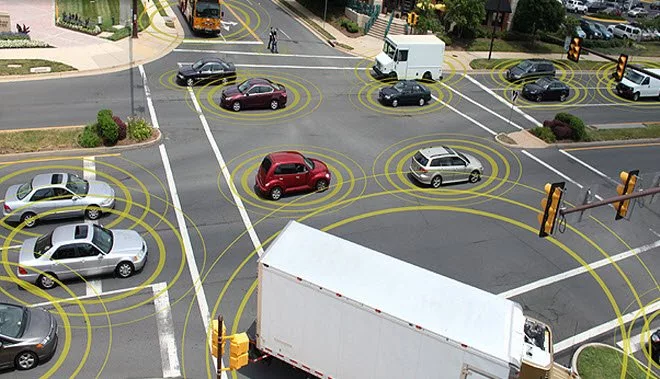
Our Cars Will Soon Talk To Each Other: Vehicle-To-Infrastructure Communication : In the automotive industry technology transforms and evolves at a frighteningly quick pace, and if any recent projections are to come to fruition we will see plenty more amazing innovations in years to come. It’s expected that self-parking, already a highly advanced technology, will only become more nuanced in future years as we begin to understand it further. Currently there are many cars that can park by themselves and it is increasingly becoming a standard extra. However, recent improvements in technology may lead to cars not just being able to park themselves, but being able to find a space to park independent of the driver’s contribution. This is known as vehicle-to-infrastructure communication and pretty much means in the future we will be able to talk to our cars through a network and tell it where open spaces are available. But communication with our cars will not end there. It is expected that as we continue to advance in that area, we can reach a point where cars can communicate with each other, in such ways as to notify each other of weather conditions, roadworks and even live updates on motorway accidents. All this potentially without us even asking or knowing that this data transfer is taking place. This network between cars will notify all drivers of any potential dangers and as fail safes could even automatically shut down, thereby serving to reduce car crash and injury statistics nationwide to record lows. For when we will be able to communicate with our cars, we are likely to use smartphones/watches to even greater capacities than we are currently. There are as of writing numerous apps that can let people use smartphones to connect with their car, but as this technology becomes more mainstream, so does its opportunities. Hyundai are one of the first manufacturers to incorporate smartphone apps to enable a number of features, including starting and shutting off the engine, and flashing lights. Manufacturing & Engineering Magazine | The Home of Manufacturing Industry News
Andrew Page Targets Japanese and Korean Car Markets
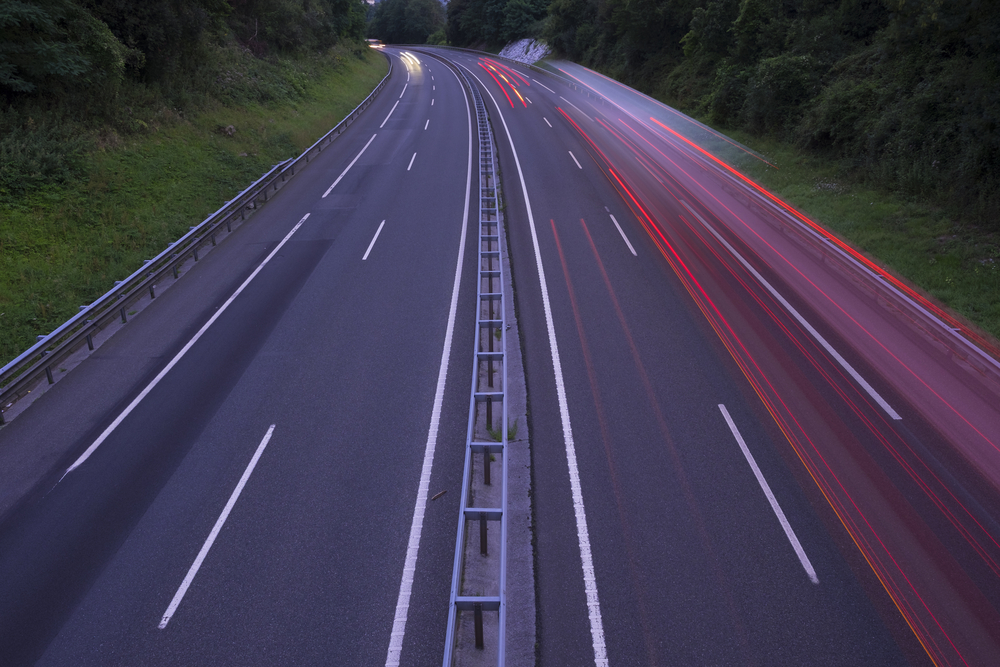
One of the UK’s largest distributors of auto parts, Andrew Page has further bolstered its leading reputation with the acquisition of a rival firm based in the Midlands. With the merger, Andrew Page is set to enhance its exports market with particular emphasis on China and the Far East. The company has purchased Solid Auto (UK), a firm with over 25 years of experience and success in the vehicle parts sector. Since its inception, Solid Auto (UK) has remained at the front of the Japanese and Asian vehicle components market. The company boasts expertise in a wide range of products, including: filters, braking, transmission, cooling, electrical, engine and steering, and suspension components. Andrew Pageâs acquisition of the firm therefore marks the companyâs commitment to those two key markets overseas. Japanese and Korean cars currently make up over a fifth of the UK car market â making parts manufacture and supply highly lucrative. Jim Summer, Chairman of Andrew Page is delighted with the purchasing of Solid Auto (UK) and said it is a further positive step toward its ambition of becoming the first choice suppliers of Japanese and Korean car parts. Mark Price, Managing Director of Solid Auto (UK) also said he was confident about the future, and believes there will be significant benefits to be had with the merger for both firms. Andrew Page currently has a strong presence in the UK, as well as the US and Europe. The company is now looking to diversify its client base and open up new opportunities. The company has already reported accelerated growth last year with a significant hike in sales. In fact, Andrew Page has suggested as much as a 12% increase in turnover is evident within its account figures which are as, as yet, unfiled. Mark Saunders, Chief Executive of Andrew Page was keen to stress that such success was owing to a concentrated investment strategy worth millions of pounds. Last year, the company invested £15m, much of which was spent on upgrading and enlarging its distribution fleet (which now stands at 500). Over £1m was also spent on improving its communications systems. Itâs clear to see why Saunders is optimistic about the future.
Hyundai IONIQ Hybrid Integrated with Faurecia’s EHRS

Most Recently, Faurecia, a company which has over ten years worth of experience in the field of energy recovery systems, has announced that it has integrated the Hyndai IONIQ Hybrid as well as the plug-in Hybrid with its very own EHRS, which has been developed to offer approximated fuel saving of up to 3%, a measurement highlighted by the FTP20. The principles behind the mechanism incorporate the recovery of exhaust heat from a gas and fluid heat exchanger which is incorporated into the exhaust line. It is estimated that up to 3kW of energy is delivered to the cooling system which can then be used to warm various areas such as the cabin and, or engine. This, in effect, then allows the vehicle to work in electric, allowing it to reduce on carbon emissions and adding to the fuel economy, as Faurecia explains. Yet, more importantly, it also allows for the manufacturer to reduce the usage, and cost of, electrical auxiliary cabin heaters â effectively signifying a clear benefit from the outset. Of course, once the optimum temperature has then been achieved, an actuated valve then also allows for the technology to be overridden so as best to avoid any overheating or negative complications with the system. The system also weighs in at less than 3kg, which allows for it to be integrated close to the engine, allowing for the best possible heat recovery and, as claimed by the supplier, potentially offering a 7% reduction in the consumption of fuel as a result of the engine warming up faster and through operating on electric more frequently. Looking forward, Faurecia is then looking to develop the next wave of generation products, working on a range of schemes tied into EHPG and TEG systems where it will be possible for the conversion of exhaust heat into electrical or mechanical power. The systems are expected to be hitting the market from 2020 onwards.
